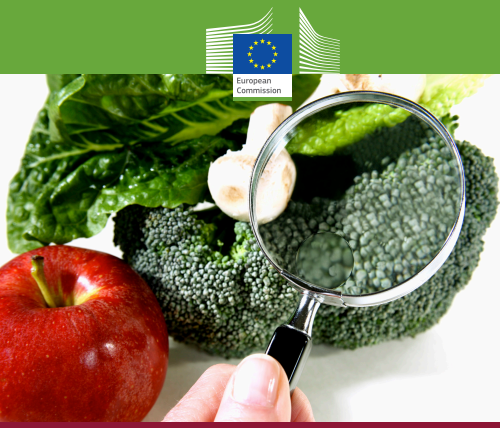Tighter fruit and veg import checks paying off, says EU
Table grapes from Peru and aubergines and Chinese celery from Cambodia are to be under tighter scrutiny for pesticide residues by the European Union.
They are among food products recently added to a European Commission list of imports targeted for food safety controls over and above the routine ones.
Among other foods joining the watchlist are:
- Vine leaves from Turkey (pesticide residues)
- Dragon fruit from Vietnam (pesticide residues)
- Betel leaves from India and Thailand (salmonella)
- Dried apricots from Turkey (sulphites)
Some products have now been taken off the list having achieved satisfactory levels of compliance, among them:
- Pomelos from China (tested for pesticide residues)
- Oranges from Egypt (tested for pesticide residues)
- Frozen strawberries from China (tested for norovirus and hepatitis A virus)
- Coriander and basil from Thailand (tested for pesticide residues)
- Coriander, basil and mint from Thailand (tested for the presence of salmonella)
Last year there was a small rise – from 4.1% to 4.4% – in the percentage of consignments of the fruit and vegetable on the list that were refused entry to the EU.
EU TOTAL 2014
In a report on the results of its reinforced border checks in 2014, the Commission said nearly 100,000 consignments subject to these controls reached EU borders in 2014. “Of those, 11,291 were sampled for laboratory analysis and 496 (i.e. 4.4%, slightly above the 2013 result of 4.1%) were found in breach of EU legislation and were prevented from entering the EU market,” it said.
In a press release, the Commission said the report shows “that the system of controls at EU borders on fruit and vegetable imports from non-EU countries is protecting consumers from potential food safety risks.”
The report is published in the framework of Regulation (EC) No 669/2009 on an increased level of official controls on certain imports of food and feed of non-animal origin, which contains the list (reviewed on a quarterly basis) of imports subject to increased border controls.
The following tables are excerpts from the report, which can be read in full here.
The list of “Feed and food of non-animal origin subject to an increased level of official controls at the designated point of entry” can be seen here.


